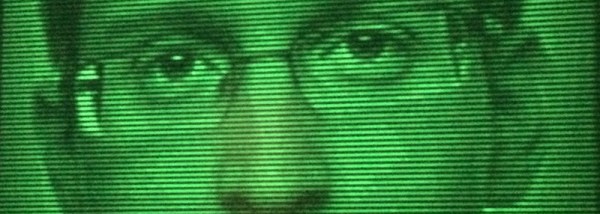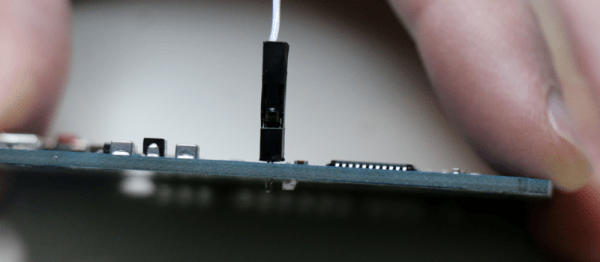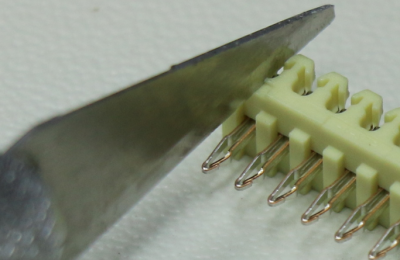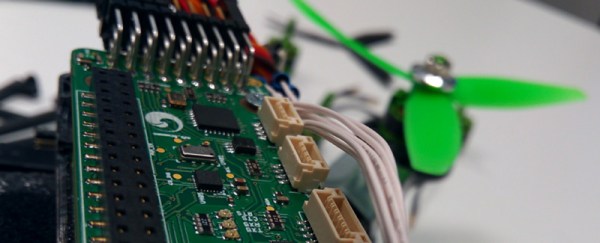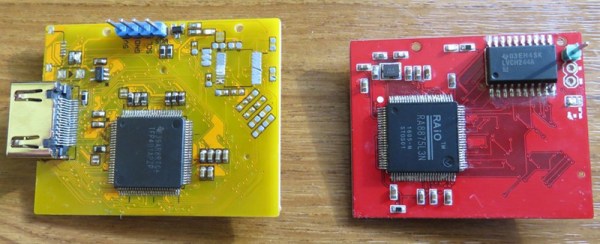The first digital cameras didn’t come out of a Kodak laboratory or from deep inside the R&D department of the CIA or National Reconnaissance Office. The digital camera first appeared in the pages of Popular Electronics in 1975, using a decapsulated DRAM module to create fuzzy grayscale images on an oscilloscope. For his Hackaday Prize project, [Alexander] is recreating this digital camera not with an easy to use decapsulated DRAM, but with individual germanium transistors.
Phototransistors are only normal transistors with a window to the semiconductor, and after finding an obscene number of old, Soviet metal can transistors, [Alex] had either a phototransistor or a terrible solar cell in a miniaturized package.
The ultimate goal of this project is to create a low resolution camera out of a matrix of these germanium transistors. [Alex] can already detect light with these transistors by watching a multimeter, and the final goal – generating an analog NTSC or PAL video signal – will “just” require a single circuit duplicated hundreds of times.
Digital cameras, even the earliest ones built out of DRAM chips, have relatively small sensors. A discrete image sensor, like the one [Alex] is building for his Hackaday Prize entry, demands a few very interesting engineering challenges. Obviously there must be some sort of lens for this image sensor, so if anyone has a large Fresnel sitting around, you might want to drop [Alex] a line.






